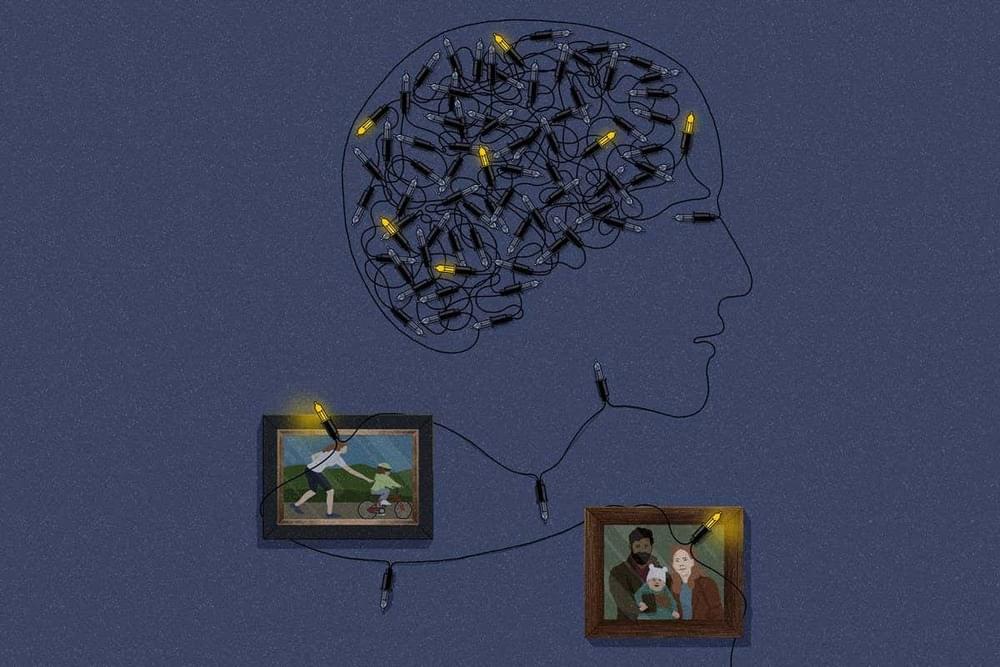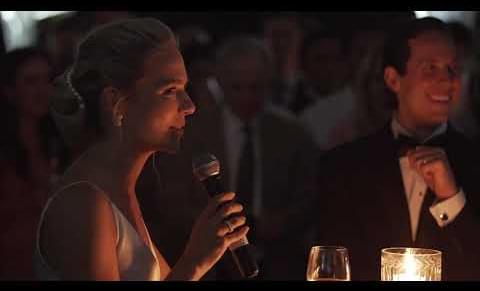The device offers a far simpler way of monitoring how various chemical compounds form during reactions than the methods currently available to scientists, and the team that built the “camera” says it’s already using it to improve the technology behind solar cells.
Controlling the specific order and process of molecular assembly is notoriously difficult, especially at such tiny scales. Thankfully, the scientists realized that they merely had to plunk its components into room-temperature water — along with whatever molecules they wanted to study — and it would piece itself together automatically.
“We were surprised how powerful this new tool is, considering how straightforward it is to assemble,” first study author and Cambridge chemist Kamil Sokolowski said in a press release.









